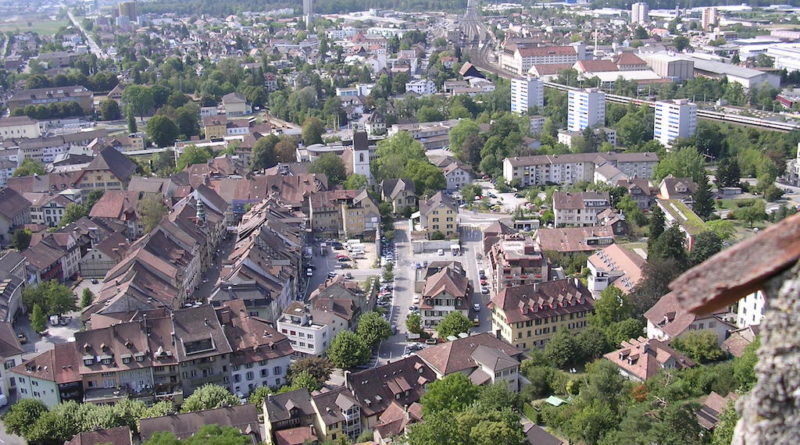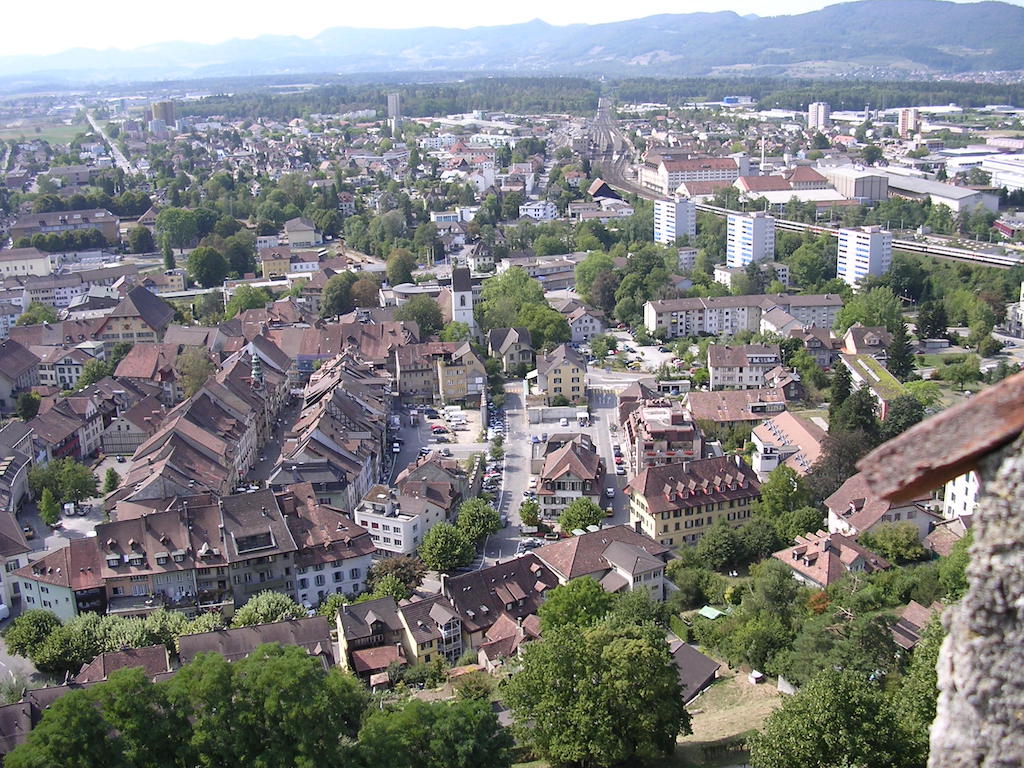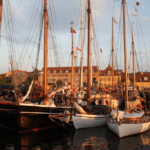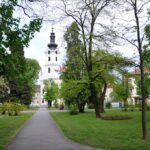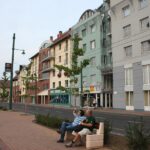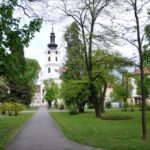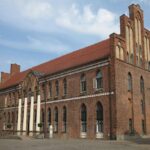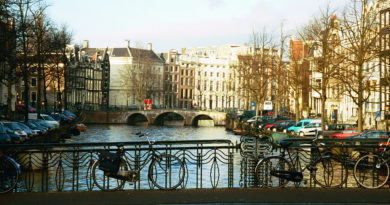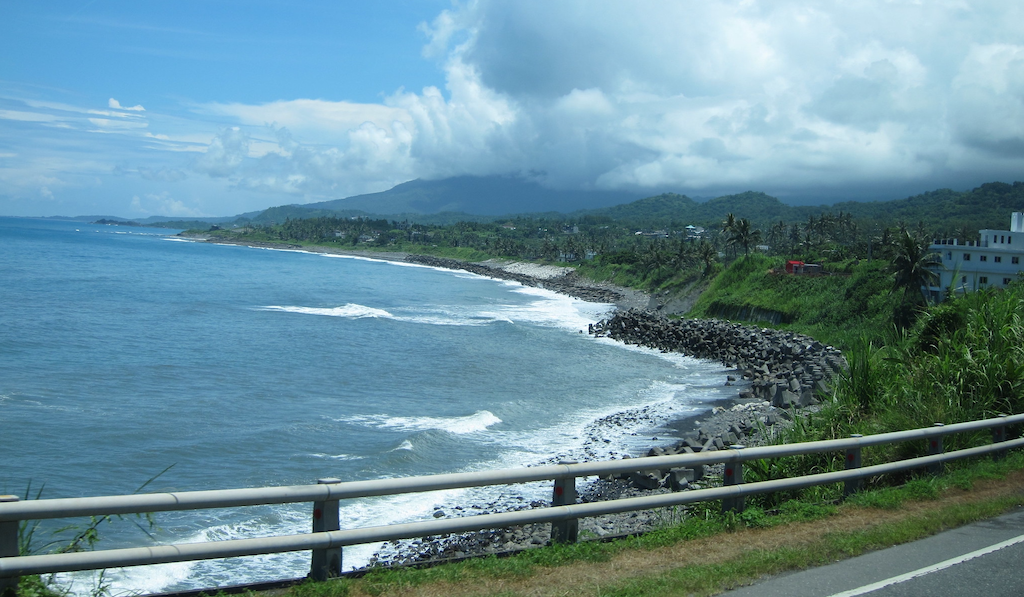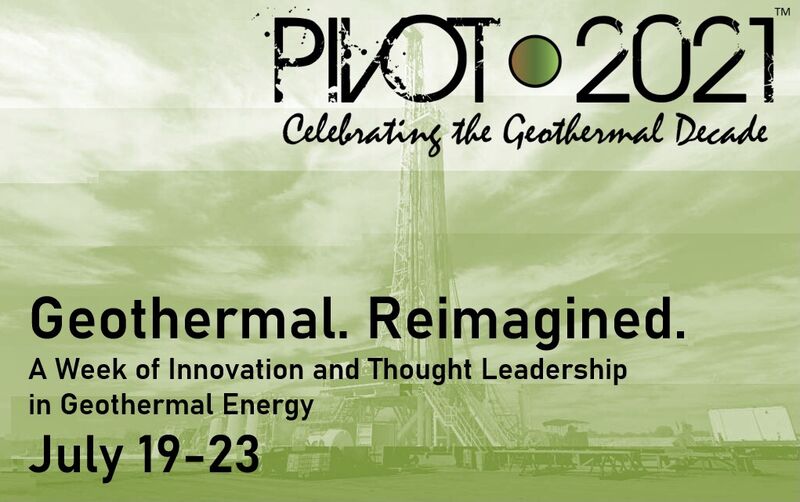Swiss utility announces plans for geothermal district heating
Energy Disrupter
Together with partners ETH Zurich and the University of Geneva, local utility SWL Energie is planning with geothermal to replace its existing district heating systems by 2040.
Energy utility and service firm SWL Energie AG from Switzerland has announced plans for a new geothermal project, which could be in operation within the next 20 years, so local news. From a depth of around 2000 meters, SWL wants to pump hot water for its district heating systems from 2040 onwards. The ETH Zurich and the University of Geneva are involved in the project – as is the canton.
Geothermal energy has been around in Switzerland for a long time. Such a system has been in operation in Riehen BS since 1994. However, the technology is not yet widespread. That could change now: In mid-September, the federal government announced that the National Sports Center in Magglingen should one day also be heated using geothermal energy.
In the Lenzburg region, too, the idea of ??pumping warmth out of the earth in the form of hot water is flirted with. This is what the “Regionaljournal Aargau-Solothurn” reports from Radio SRF.
Expensive startup cost, inexpensive operation
SWL Energie AG is working on a corresponding project, as CEO Markus Blättler explains when asked. The company is particularly thinking of the district heating network: “In 2040 we will have to replace our existing district heating systems, ideally with geothermal energy.”
That should entail investments in the double-digit millions, but significantly lower operating costs, says Blättler: “Our wood chip ovens are equipped with three different filter systems to prevent fine dust emissions – they work well, but are not quite in terms of costs and handling without.” In addition, the ovens have a limited service life of around 20 years, while a geothermal system – depending on the mineral content of the water – is much more durable.
Jura foothills under Lenzburg well suited
In the region, the geothermal energy situation is particularly promising, says Blättler: “The Jura regions are very well suited for such projects, as the thermal baths in Schinznach, Baden and Rheinfelden show. An extension of the geothermally interesting zone goes as far as Lenzburg, and we have that in our sights. ”
Together with ETH Zurich, the University of Geneva, Geneva Earth Resources and the Aargau Geothermal Power Plant Association (VGKA), SWL is currently in the planning phase. They are currently viewing the results of various preliminary studies that, for example, the National Cooperative for the Storage of Radioactive Waste (Nagra) carried out during drilling.
No earthquakes expected
Blättler mentions, for example, a location near the motorway junction or one between Schafisheim and Lenzburg, near the last Nagra well: “Maybe we will ultimately decide on two wells, we’ll clarify everything now.” It is also being clarified how the federal and cantonal support services stand – the canton of Aargau in particular has expressed interest and co-financed the preliminary project.
Geothermal energy triggers a bad feeling in many people; you think of the discontinued projects in Basel or St.Gallen, where drilling at great depths caused noticeable earthquakes. That shouldn’t happen in Lenzburg, assures Blättler: “Since no power plant is planned, we only need water temperatures of 80 to 100 degrees and not 150 or even 200 degrees – in other words, we have to drill much less deeply.” Drilling is to be around 2000 meters deep, in Basel, for example, it was 5000 meters. In addition, you only tap into existing amounts of water in the earth, pump the hot water up and the cold water back down without breaking rock structures, as is the case in Basel, for example.
Source: Aargauer Zeitung

